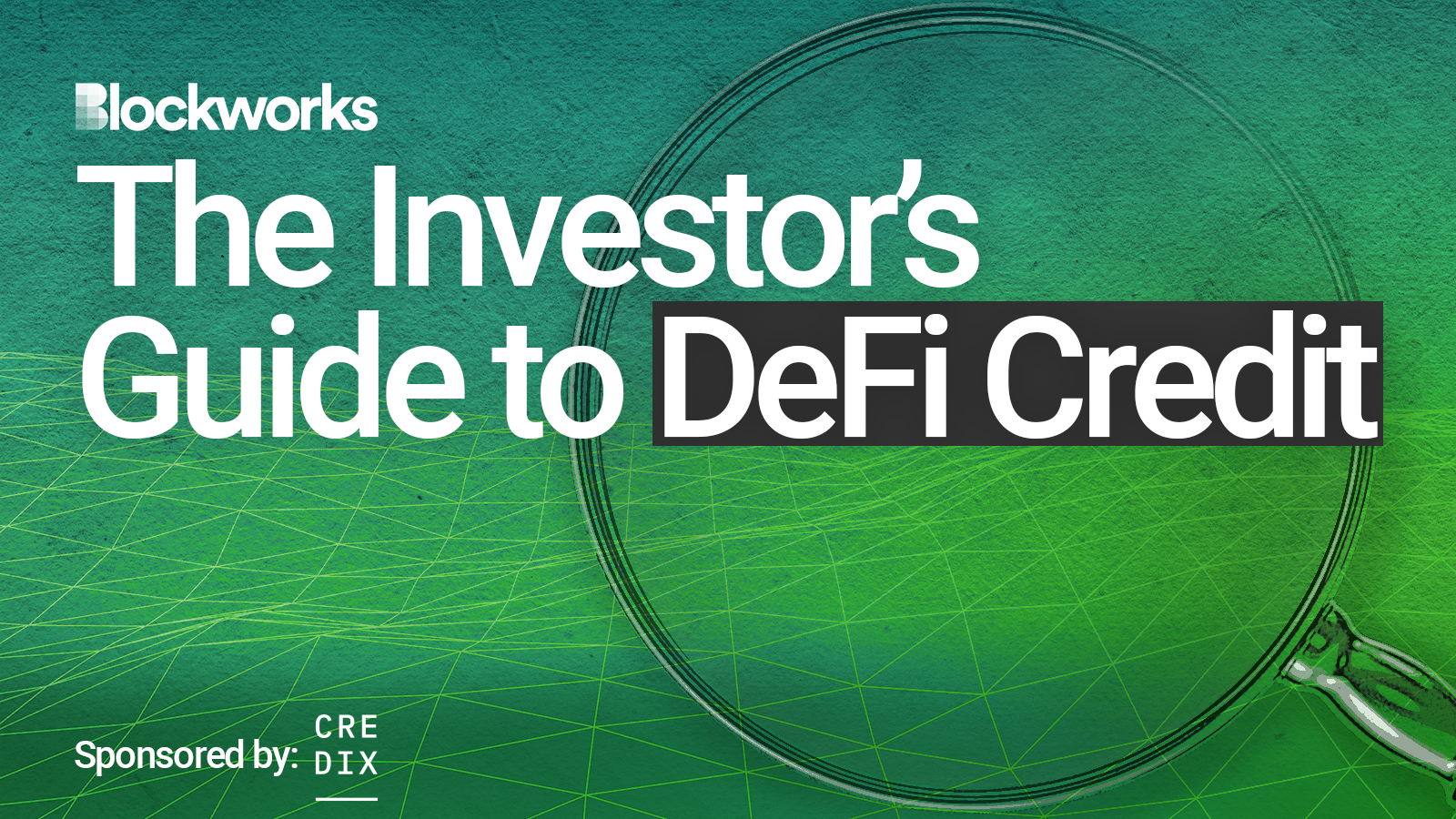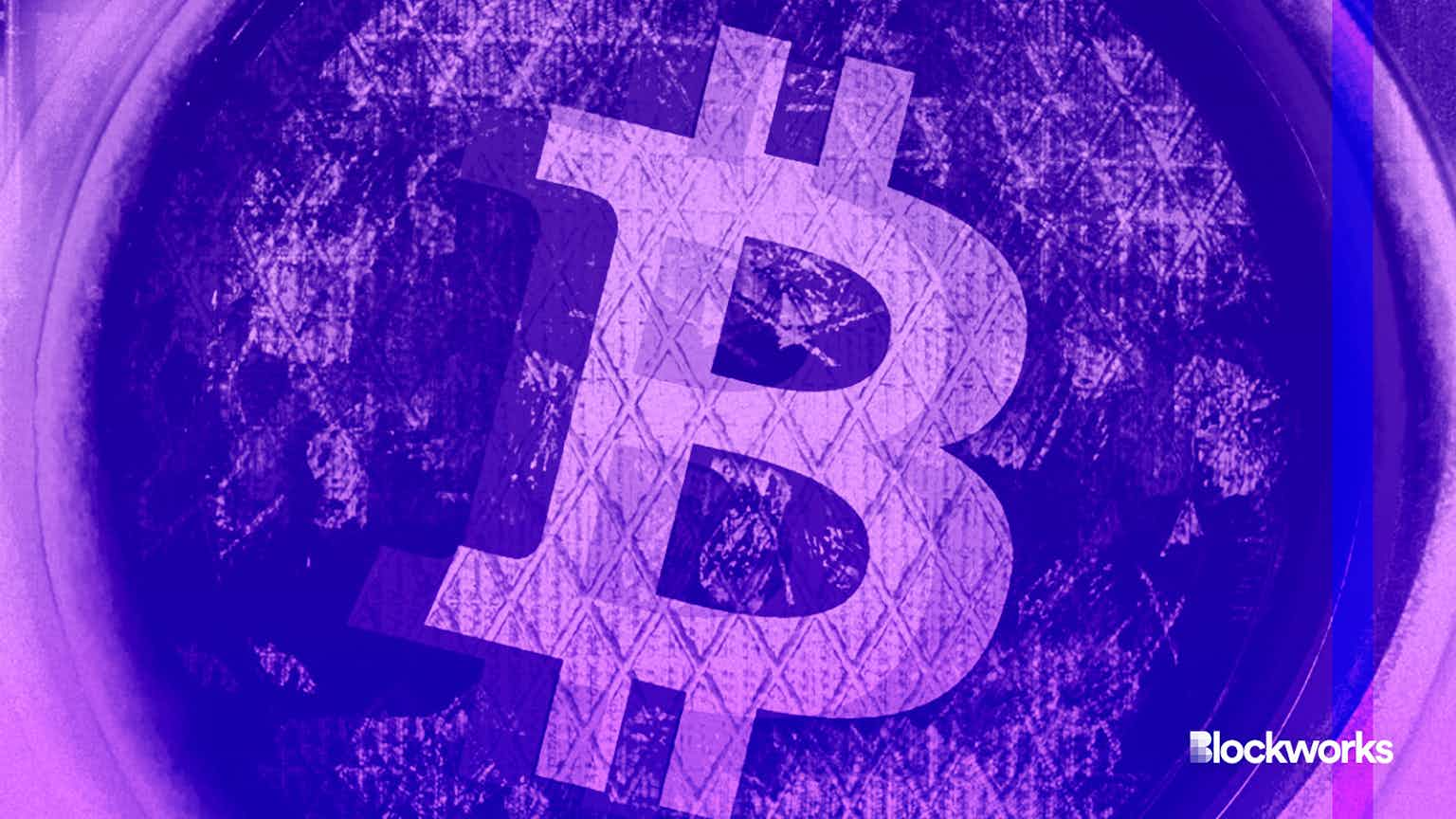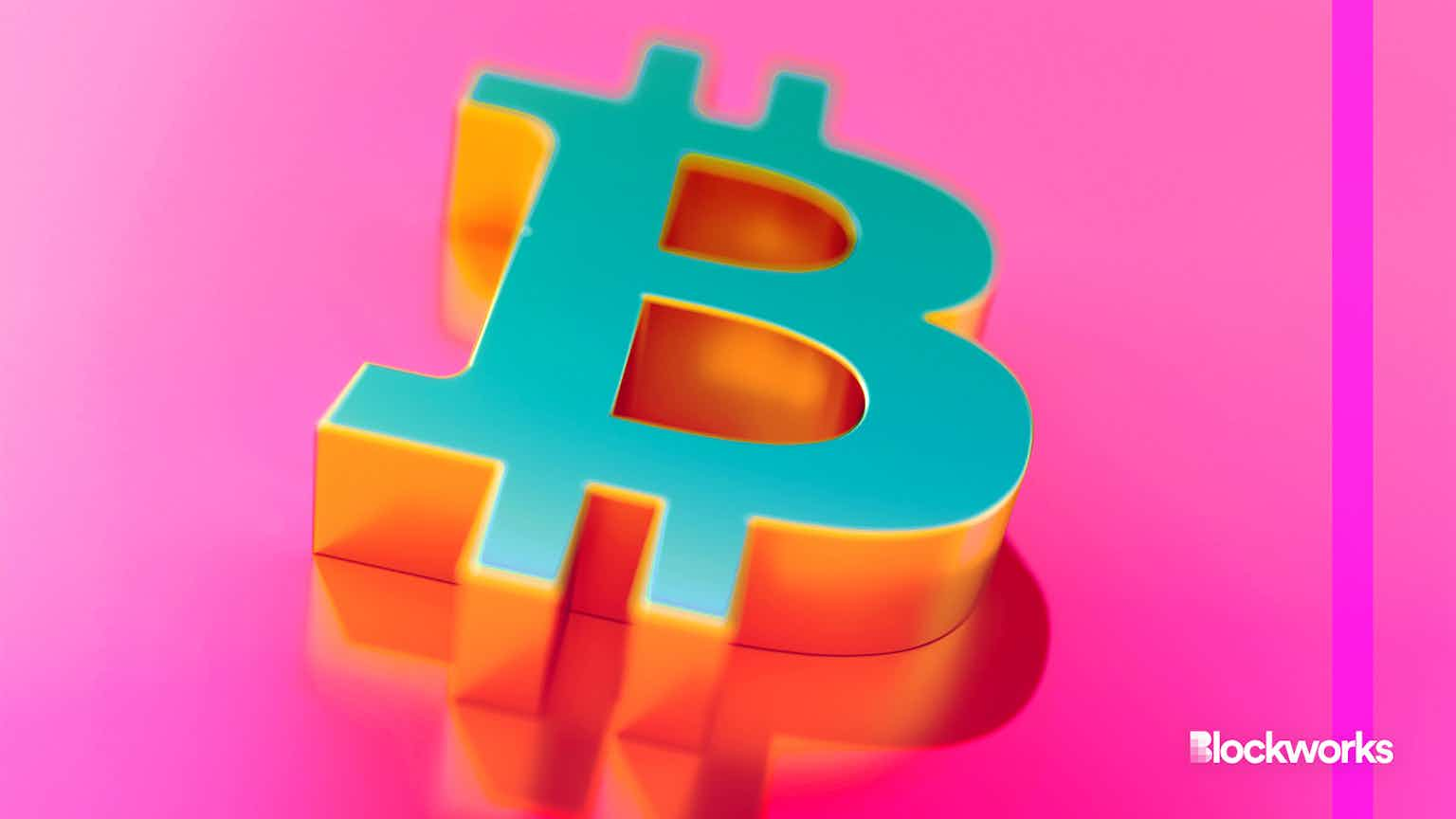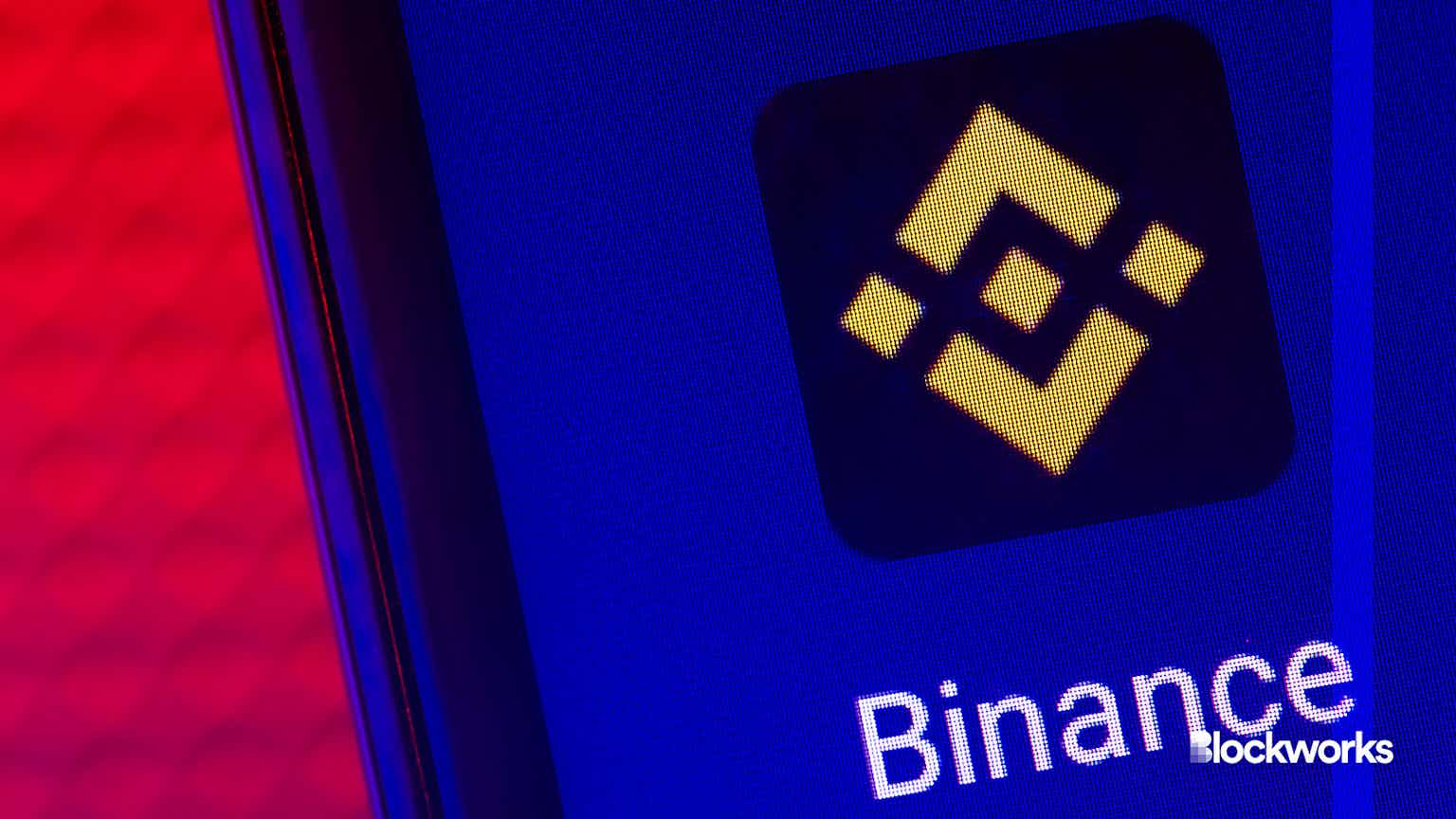What Is DeFi Credit? The Evolution of On-Chain Lending
Organizations such as Credix are working to bring real-world asset lending on-chain

Graphic by Crystal Le
key takeaways
- DeFi credit allows borrowers to use their existing real-world assets as collateral for DeFi loans
- The silver lining in the bursting of the initial DeFi bubble is that investors now understand that high yields aren’t necessarily the most attractive
On-chain lending is evolving at lightning speed. It was first introduced as a protocol-first innovation — largely unreliant on the organizational oversight seen in institutional lending. It quickly evolved from a means for anonymous parties to lend and borrow at their own rates to fully automated and decentralized overcollateralized lending protocols such as Aave and Compound.
These DeFi lending protocols revolutionized credit by making it immediately accessible to anyone with a wallet address. But the biggest trade-off was capital inefficiency. The radical accessibility of lending protocols locked in more capital than it lent.
This problem in capital efficiency inspired others to approach this attempt at decentralized finance from a different angle. Instead of decentralizing the lending process they looked for new ways to extend credit into the DeFi ecosystem — in hopes of increasing efficiency and keeping the credit more accessible.
So what is DeFi credit?
DeFi credit imports trust from traditional credit check and underwriting mechanisms to allow borrowers to use their existing real-world assets as collateral for DeFi loans. For example, an investor could bring their real estate holdings on-chain and borrow against them, receiving a loan in the form of stablecoins.
This increases capital efficiency in two ways. First, it doesn’t necessitate overcollateralization on-chain, and second, it diversifies the capital. DeFi credit can provide a bridge between the world of DeFi and the world of real assets. By tokenizing assets and placing them on the blockchain, investors can leverage their assets to access all that DeFi has to offer without having to sell something and convert the proceeds to crypto.
A short history of DeFi
The first wave of DeFi created and fed a desire for yields that were far in excess of anything that could be sustained in the long term. Unrealistic expectations of risk/reward ratios that were incredibly skewed became the norm. Many chomped at the bit for great rewards while few understood the inevitable risks.
The silver lining in the bursting of the initial DeFi bubble is that investors now understand that high yields aren’t necessarily the most attractive. A balance between returns and sustainability could be considered most desirable.
In most cases, DeFi 1.0 yields were opaque, fluctuated wildly, and involved exposure to multiple forms of risk.
The source of yield needs to be the opposite of that: transparent and stable while exposing investors to the least amount of risk possible. Because digital assets cannot provide this stability alone, investors turned to the real world for a solution.
What are real-world assets?
A real-world asset is property that doesn’t naturally exist in the digital world. They can be any type of asset like real estate or gold, typically for the purpose of DeFi credit, they are receivables and other financial papers. These assets can be tokenized, creating a digital representation of the asset that can be used for transactions on the blockchain.
Decentralized finance tends to be circular. Investors use cryptoassets to take out loans in crypto or earn yield on their crypto in the form of crypto. While this has been a big step forward, the industry needs to be able to interact with assets in the real world before it can be integrated with traditional finance.
How DeFi 2.0 brings real-world asset lending on-chain
Fortunately, solutions to this end are being developed. Organizations such as Credix are working to bring real-world asset lending on-chain.
Here’s a brief overview of how the process works:
- Credix partners with a credit financing boutique to structure a deal with a fintech company.
- After all parties have agreed on the terms of the debt facility, the deal is created on the Credix marketplace.
- Once the underwriters subscribe to and finance the junior tranche, the senior tranche is financed by the liquidity pool.
- The deal is then registered at the local registry and issued and financed on-chain.
- The fintech receives the financing in USDC, converts it into local currency and originates loans to the end client.
- These loans are then provided as collateral to the Credix deal.
Solutions such as these offer access to crypto liquidity for fintech companies in emerging markets.
Can real-world assets offer a better source of yield?
Moving the lending process on-chain offers transparency to liquidity providers, as it enables them to evaluate portfolio performance and make more accurate risk assessments.
Real-world asset lending can offer yields from sources not tethered to crypto market volatility. This could provide a more stable and predictable source of yield while reducing the risk of credit market collapses and contagion.
For example, Tecredi is a fintech company that provides auto financing in Brazil. Credix helps them partially finance their vehicles on-chain, guaranteeing the use of proceeds and overcollateralizing loans. Rates are lower than the market average thanks to a network of resellers that could foot the bill in case of any default.
Given the difficulty of access to capital, the lack of capital, and the concentration of banks, credit is quite costly in emerging markets. The Bank of England has noted that “cross-border payments lag domestic ones in terms of cost, speed, access and transparency.” The Tecredi example illustrates how on-chain credit can improve these transactions by every measure.
Borrowers who don’t have access to traditional lines of credit can find financing through on-chain credit. At the same time, investors benefit from increased transparency of the risks they undertake. And because crypto and DeFi break down the barriers between nation-states, international investors can now access these opportunities.
Will DeFi credit unlock a new boom in crypto lending?
As with many aspects of the crypto ecosystem, regulation remains a key issue. There are no clear laws on the books regarding how tokenized real-world assets and any related on-chain loans could be treated.
Regulators have expressed concerns about how young the industry is, how volatile related assets can be, and the potential for these products to operate in a non-compliant manner.
The best that can be done at present is to be as compliant as possible while being in a position to deal with future regulations as they arise. In some cases, regulators approach the issue by applying existing financial regulations to tokenized assets or adapting existing rules to accommodate them.
Credix recently joined Next, a Fenasbac (innovation arm of the central bank of Brazil) accelerator to explore further legal innovation.
Credix uses a permissioned version of Solana. This means that only accredited investors who pass KYC/KYB regulations can gain access to the Credix platform. Investors also then have their wallets and addresses whitelisted. This helps to ensure compliance in that 1) it’s clear and transparent who is participating in the system, and 2) should new regulations arise in the future, needed customer data will already be on file.
In addition, Credix works closely with local and global law firms to register all deals with local registries. The company also works closely with local regulators and central banks on these matters.
Once there are clear regulatory standards in place, it could unlock a wave of institutional capital into DeFi credit services.
This could lead to a new “DeFi summer,” as the crypto yield ecosystem becomes fueled by real world sources of income.
This content is sponsored by Credix.
Start your day with top crypto insights from David Canellis and Katherine Ross. Subscribe to the Empire newsletter.





